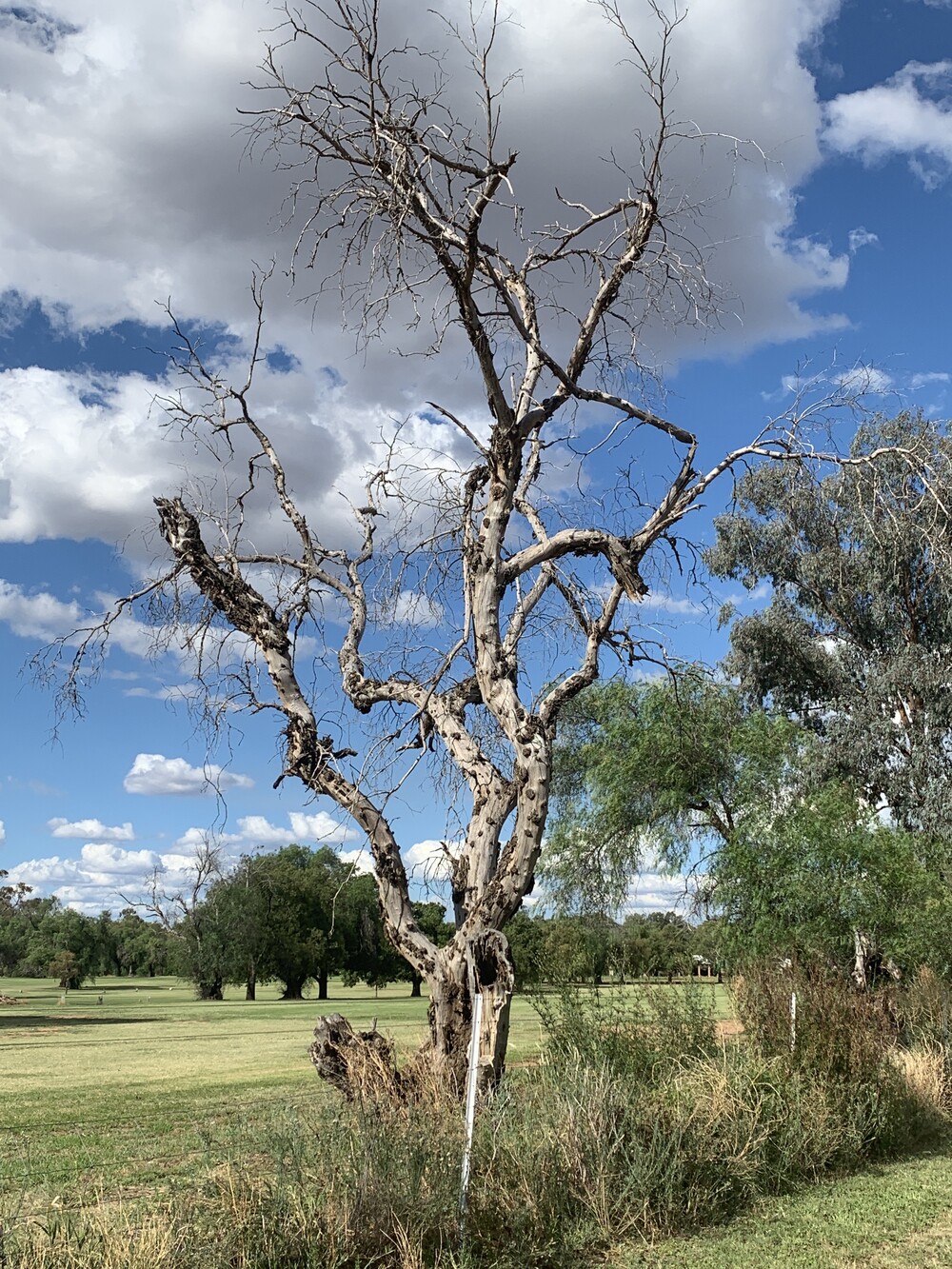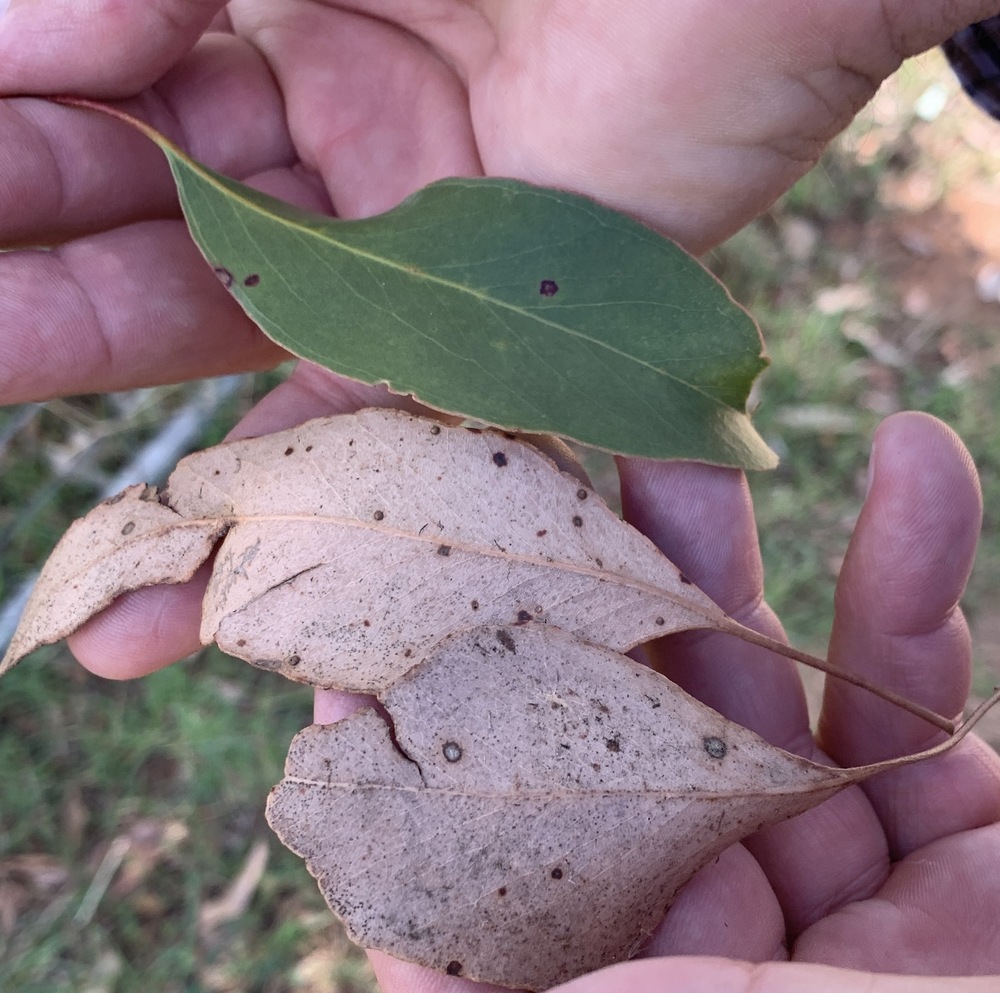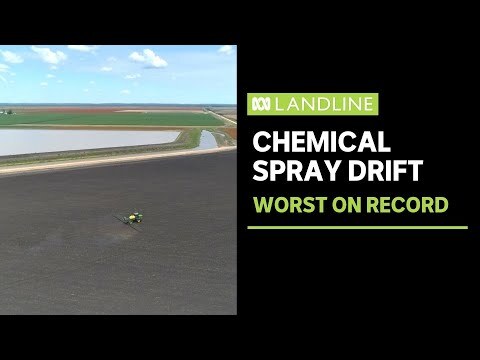Warren and Narromine targeted for spray drift compliance
Sharon Bonthuys
16 April 2023, 9:40 PM
 The EPA has been visiting farms in the Narromine and Trangie areas to talk about spray drift. IMAGE: pesticideinfo.org
The EPA has been visiting farms in the Narromine and Trangie areas to talk about spray drift. IMAGE: pesticideinfo.orgThe NSW Environment Protection Authority (EPA) has pesticide spray drift in their sights, and areas across the western plains with high rates of pesticide use are being targeted as part of a major campaign.
However critics say that there is "not enough stick" in the EPA's approach to reduce pesticide spray drift.

Late last month EPA offices visited more than 30 properties in the Warren and Narromine areas during a two-day campaign to educate landholders and reduce incidents of spray drift – the airborne movement of chemicals and pesticides outside the targeted crop application areas.
This follows visits to 50 properties in the Walgett, Moree Plains and Narrabri local government areas in February.
NSW EPA Executive Director of Regulatory Operations, Carmen Dwyer, said that EPA officers are engaging with farmers to remind them of their obligations to prevent pesticide misuse.
Some 13 reports of impacts to crops from suspected overspraying had been received during the summer and were being investigated, she said.
“The impacts of spray drift on the farming community and environment are devastating, costing millions and damaging crops and our natural environment,” Ms Dwyer said.
The EPA visits involved reviewing spraying practices, pesticides in storage, record-keeping and providing advice and resources to local growers.
“We want to remind major cropping areas that they need to always be taking appropriate precautions to prevent potential impacts to their neighbour or community.
“Everyone that uses these pesticides have both a legal and moral obligation to stop the drift,” Ms Dwyer said.
“Most spray drift incidents occur when the applicator shows little regard for the weather conditions or neighbouring crops and this needs to stop.”
Focus on cotton?
Ms Dwyer was interviewed as part of an ABC Landline program [Drift from chemical spray causes millions in damage to cotton crops | Landline] that aired in March 2023 and reported specifically on the damage to cotton crops from spray drift in central west NSW and Queensland over the summer.
ABC Landline program - click to watch
Critics of the EPA pointed out to The Western Plains App that spray drift impacts many different types of crops, not just cotton, which was the sole focus of the ABC Landline report.
We asked the EPA if the targeted education and compliance program was focused on investigating spray drift incidents specifically involving cotton farming.
A spokesperson responded that “the EPA inspected properties conducting a broad range of agricultural activities, including mixed farming and properties that had a mix of crops including grains, legumes, canola, and cotton.”
The Greens’ NSW Upper House representative, Sue Higginson MLC, is an environmental law expert and former CEO of the Environmental Defenders Office.
In the ABC Landline story, Ms Higginson said that failure to act on the spray drift issue was detrimental to those impacted, the broader community, the farming community, and the landscape.
“We’re not seeing much stick,” she said in the Landline interview about enforcement action, despite the tough talk from the EPA on that subject in the same story.

Absence of foliage at the tops of trees and shrubs can be a sign of chemical impact.
In NSW, it is illegal to use pesticides in a way that could injure people or cause damage or harm to properties, plants and animals that are not the target pest species.
Those found to have wilfully or negligently caused damage, harm or injury through pesticide misuse can face fines of up to $120,000 for an individual and $250,000 for a company under the Pesticides Act 1999, according to the EPA.
A spokesperson for the EPA did not confirm the number of compliance issues identified during the recent education and compliance visits to regional NSW centres.
However, they did tell The Western Plains App the key compliance issues identified in all parts of NSW included poor pesticide storage practices, poor record keeping and a lack of required training.
“The EPA is considering regulatory responses in relation to the issues identified,” the spokesperson said.

Understanding inversion and using spraying practices to reduce the risk is part of the EPA's campaign.
The bigger picture
Spray drift has been an issue in the agricultural sector in Australia for a very long time. However, it is only now getting wider attention as high profile advocates for environmental change speak out.
The 2022 Bob Hawke Landcare Award winner, Bruce Maynard, an agricultural innovator whose property is located between Narromine and Trangie, described the EPA in less than glowing terms.
Mr Maynard said that landholders had made multiple complaints to the EPA about spray drift and chemical overspray pollution incidents from cotton defoliation spraying in the past which did not appear to be investigated or actioned.
Mr Maynard has travelled extensively in recent weeks, consulting to industry in NSW, Victoria, and the Northern Territory. He spoke to The Western Plains App from a cattle station three hours south of Alice Springs.
He acknowledged that conventional farming sprays have continued to move through the landscape, causing damage. The range of chemicals and pesticides used in Australian agriculture is extensive.
“There is no dispute on that from industry or science. The massive damage through the ag regions at the moment is just extraordinary,” he said.

Suspected damage from spray drift near Narromine. Photos: Sharon Bonthuys
Greens Upper House representative Sue Higginson is also active on the issue.
Responding to community concerns, last October Ms Higginson made a formal request for documents from the EPA and other agencies in the NSW Legislative Council relating to spray drift and chemical over spraying in the Narromine Shire.
The agencies had 21 days to comply with the request, which resulted in 712 documents being returned at that time. Most of those documents were from the EPA.
“What appears clear from the documents we have is that there are some serious complainants in the community that have had some significant experiences.
“They’ve reported those [concerns] to the regulator. Then it appears there really isn’t a response to those complaints that is commensurate to what the community’s expectations would be,” Ms Higginson said.
“Where there were responses, they tended to be that the EPA would issue information to the person concerned saying ‘these are the rules around spray, this is how you do it, these are the best conditions you do it in’, and those sorts of things.”
Ms Higginson visited Narromine and Dubbo on 22 February 2023 and was shown various areas of impacted landscape in the region.
“My eyes were opened to what appears to be a pretty significant problem in the landscape where vegetation is being impacted by what can really only be concluded as some kind of chemical impact,” she said.
“It was pointed out to me by a number of people, including scientists. Seeing evidence of harm to vegetation on a broad scale happening at a time when the landscape has recovered from drought, it’s hard to understand what else it could be.”

These spots on leaf litter are evidence of chemical spray impact, critics say.
While Ms Higginson applauds the education and compliance visits by the EPA, she is concerned that the regulator is not considering the bigger, broader picture.
“Any effort by the EPA to ramp up education, compliance, and investigation is a good thing, but it doesn’t appear that they are looking at these bigger, broader issues.
“It’s just not clear if [the EPA understands] the breadth or scope of what the community is reporting – the landscape harm that appears to have taken place.”
Now the NSW election is over, Ms Higginson intends to ask the EPA what it is doing more broadly to address these bigger issues.
“The environment is getting significantly harmed and we need to get to an outcome where we can turn that around for everyone’s benefit,” she said.
Following the EPA's latest visit to Narromine and Warren, an EPA spokesperson reported "strong engagement from farmers who used [the visits] as an education opportunity to better understand their responsibilities.
"Some farmers have since contacted the EPA requesting an audit of their pesticides storage and record keeping practices," the spokesperson said.




